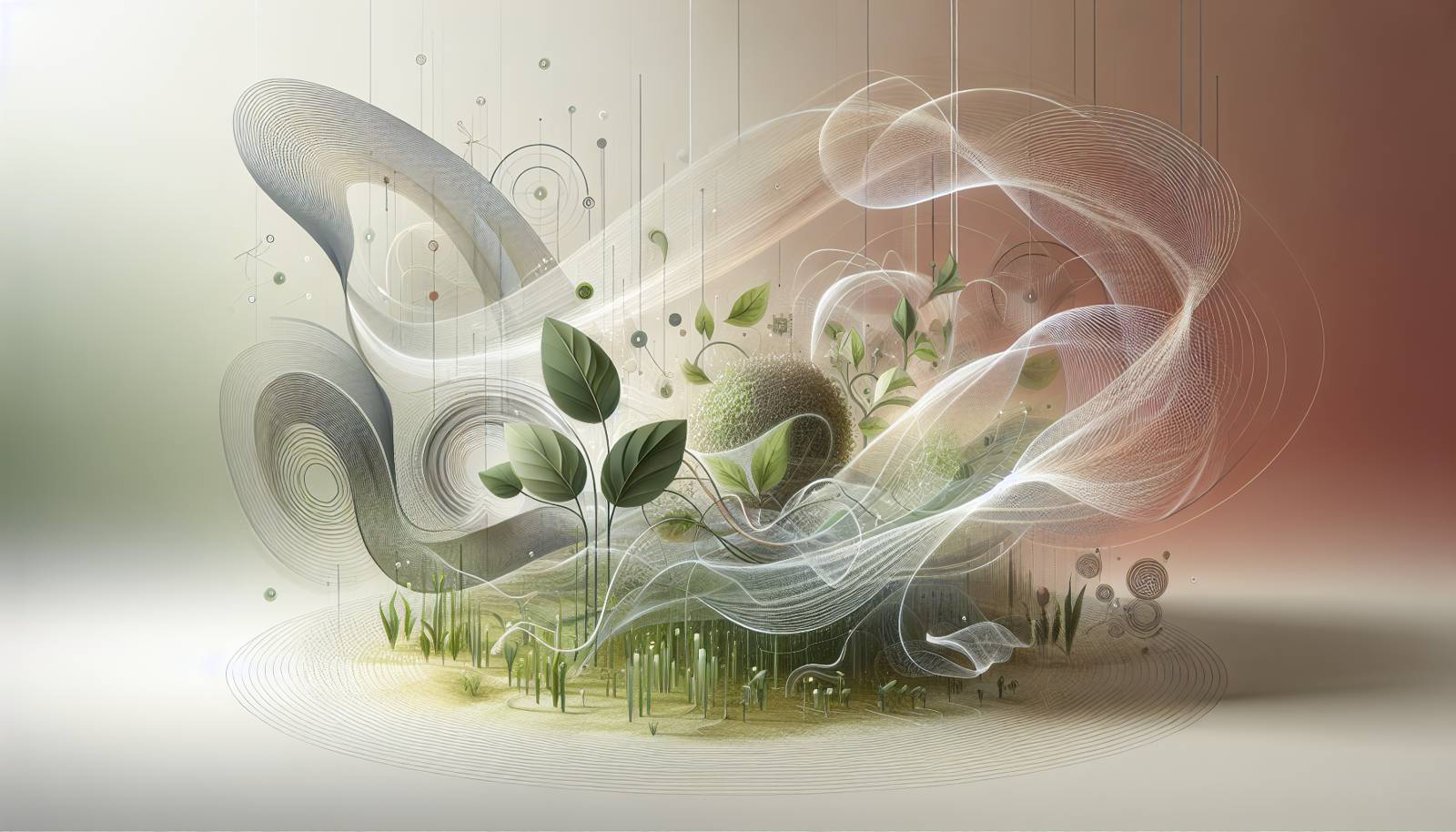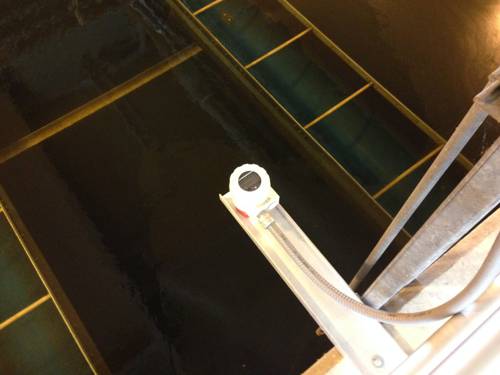
FAQ About Innovative Indoor Plant Moisture Sensors

What are indoor plant moisture sensors?
Indoor plant moisture sensors are devices used to measure the moisture level in the soil of potted plants. These sensors help plant owners understand when their plants need watering, preventing both overwatering and underwatering.

How do indoor plant moisture sensors work?
Indoor plant moisture sensors typically use electrodes that measure the electrical conductivity of the soil. Moisture affects conductivity, allowing the sensor to determine the soil's moisture level. Some advanced sensors use capacitive sensing technology for more accurate readings.

What are the benefits of using moisture sensors for indoor plants?
Moisture sensors help ensure that plants receive the right amount of water, promoting healthy growth. They can prevent overwatering and underwatering, reduce water wastage, and are particularly useful for people with busy lifestyles or those new to plant care.

Can moisture sensors be used for all types of indoor plants?
Yes, moisture sensors can be used for most types of indoor plants. However, it is essential to choose the right type of sensor depending on the plant's water needs and the size of its pot.

Are there different types of indoor plant moisture sensors?
Yes, there are several types of indoor plant moisture sensors, including analog moisture meters, digital moisture meters, and smart sensors connected to apps that provide data and alerts. Some also incorporate additional features such as temperature and light level monitoring.

How accurate are plant moisture sensors?
The accuracy of plant moisture sensors varies by brand and technology. Capacitive sensors tend to be more accurate than resistive sensors. Always check reviews and specifications for accuracy ratings when choosing a sensor.

Do moisture sensors require a battery?
It depends on the type of sensor. Analog moisture meters usually do not require batteries, while digital and smart sensors typically need batteries or a power source to operate.

Can moisture sensors be used outdoors as well?
Some moisture sensors designed for indoor use can also be used outdoors, but it is crucial to ensure they are weatherproof and suitable for the specific outdoor environment.

What maintenance do moisture sensors require?
Maintenance for moisture sensors is generally minimal. Keep the sensor clean and check for any corrosion or damage periodically. If the sensor is battery-powered, ensure the batteries are replaced as needed.

How do I install an indoor plant moisture sensor?
To install a moisture sensor, insert it into the soil near the plant's root zone. Ensure it is adequately placed according to the manufacturer's instructions to get accurate readings, avoiding direct contact with plant stems or roots that could damage the plant.

Can moisture sensors connect to smartphones?
Yes, many modern moisture sensors feature Bluetooth or Wi-Fi connectivity, allowing users to monitor plant conditions via smartphone apps. These apps may also provide watering schedules and data analytics.

What is a capacitive moisture sensor?
A capacitive moisture sensor measures soil moisture levels by detecting changes in electrical capacitance. It typically offers more precise and reliable readings compared to resistive sensors.

Is it possible to over-rely on moisture sensors for plant care?
While moisture sensors provide helpful guidance, it's important not to rely solely on them for plant care. Observing the plants, understanding their specific needs, and other factors like light and temperature are equally important for plant health.

What is the average cost of an indoor plant moisture sensor?
The cost of indoor plant moisture sensors can vary widely depending on the type and features. Basic analog models may cost around $10, while more advanced digital or smart sensors can range from $30 to $100 or more.

Can moisture sensors detect other soil properties?
Some advanced moisture sensors can measure additional soil properties such as pH level, soil temperature, and nutrients. However, these sensors are usually more expensive and may require calibration.

Do moisture sensors work with all types of soil?
Most moisture sensors work well with common potting soils, though the accuracy can vary depending on soil type and composition. It is advisable to check the sensor’s compatibility with your specific soil before purchasing.

How can I troubleshoot a moisture sensor that gives inaccurate readings?
If a moisture sensor consistently provides inaccurate readings, ensure it is correctly inserted and not blocked by debris or roots. Check the battery and clean the electrodes. Consult the manufacturer's troubleshooting guide for additional support.

What should I consider when choosing a moisture sensor for indoor plants?
Consider the sensor's durability, accuracy, ease of use, connectivity options, and compatibility with your plants' soil type and needs. Reading customer reviews and product specifications can also help in making an informed choice.

How often should I check the readings on a moisture sensor?
For optimal plant care, check the sensor readings regularly, especially if environmental conditions change. Smart sensors that provide real-time alerts can help maintain consistent monitoring without frequent manual checks.

Can I build my own moisture sensor for indoor plants?
Yes, it's possible to build a simple moisture sensor at home using basic electronic components like resistors and a microcontroller. However, DIY sensors may not be as accurate or durable as commercially available options.
